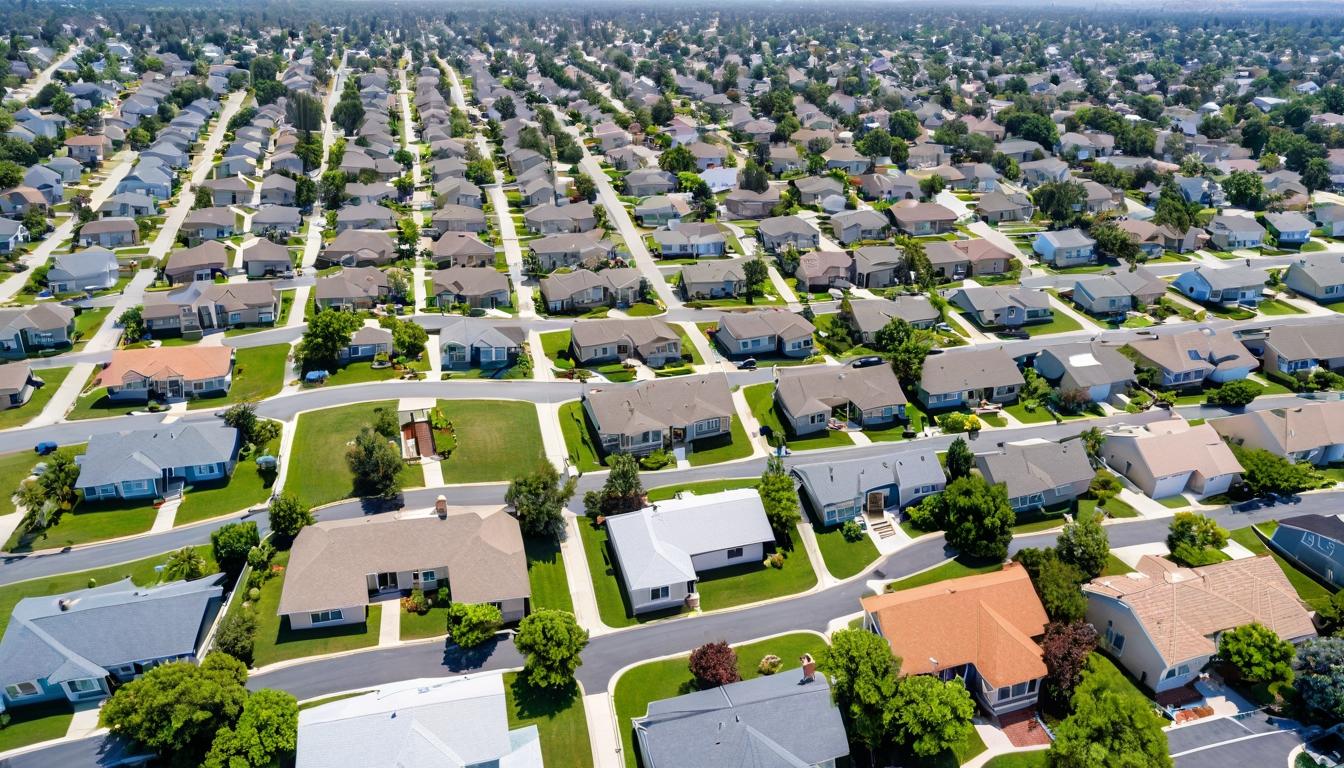The insurance industry is facing a reckoning that few saw coming with such urgency. Across the United States, homeowners are receiving non-renewal notices at an alarming rate, while commercial property owners watch their premiums double or triple in a single renewal cycle. This isn't just market fluctuation—it's the direct result of climate change fundamentally altering risk calculations that have stood for generations.
Insurance companies are quietly retreating from high-risk areas, creating what experts call 'insurance deserts' where coverage becomes either unavailable or unaffordable. In California, wildfires have forced insurers to pull back from entire communities. In Florida, hurricane risk has made some coastal properties virtually uninsurable through traditional markets. The domino effect is spreading to states once considered safe havens, as secondary perils like hail, tornadoes, and flooding intensify in previously stable regions.
The data tells a sobering story. According to recent analyses, weather-related catastrophes that used to be 'once-in-a-century' events are now occurring with frightening regularity. The insurance industry paid out over $100 billion in natural catastrophe claims last year alone—a figure that would have been unimaginable a decade ago. This financial hemorrhage is forcing carriers to rethink their entire approach to risk assessment and pricing.
What makes this crisis particularly insidious is its uneven impact. Lower-income communities and historically marginalized neighborhoods often bear the brunt of these changes. Properties in these areas frequently lack the mitigation features that might make them more insurable, and residents have fewer resources to absorb premium increases. The result is a growing protection gap that threatens to exacerbate existing social and economic inequalities.
Innovation is emerging as both challenge and opportunity. Parametric insurance products, which pay out based on predetermined triggers rather than actual losses, are gaining traction in hard-to-insure markets. These policies can provide quicker payouts and more transparent terms, though they come with their own complexities. Meanwhile, new modeling technologies incorporating real-time climate data are helping insurers price risk more accurately—but this precision often means higher premiums for properties in vulnerable locations.
The regulatory landscape is scrambling to keep pace. State insurance commissioners are facing unprecedented pressure to approve rate increases while ensuring market stability. Some states have created residual market mechanisms—insurers of last resort—but these programs often come with their own limitations and financial vulnerabilities. The fundamental question remains: how do we maintain a viable insurance market while addressing risks that are evolving faster than our models can predict?
Consumers are finding themselves in uncharted territory. The traditional advice to 'shop around' for insurance is becoming meaningless in areas where few carriers remain. Many homeowners are turning to surplus lines carriers—non-admitted insurers that can charge whatever the market will bear—while others are simply going without coverage, gambling that disaster won't strike. This creates a dangerous situation where recovery from a catastrophic event becomes impossible for those without adequate protection.
The commercial sector isn't immune either. Businesses are facing their own insurance crises, with supply chain vulnerabilities and business interruption exposures adding layers of complexity. A single weather event can now trigger cascading failures across multiple policies and coverage types, leaving risk managers navigating uncharted waters.
Looking ahead, the industry faces fundamental questions about its role in climate adaptation. Should insurers simply price risk accurately and let market forces determine who can afford protection? Or do they have a broader societal responsibility to help communities adapt and mitigate risks? Some forward-thinking companies are investing in resilience projects—strengthening infrastructure, supporting building code improvements, and funding natural barriers like wetlands restoration. These efforts recognize that the best claim is one that never happens.
The coming years will test the very foundation of the insurance concept. The industry was built on the law of large numbers and the assumption that risks could be spread across time and geography. Climate change challenges both these principles, concentrating risk in ways that traditional models never anticipated. How the industry responds will determine not just its own future, but the security and stability of communities across the country.
The silent crisis: how climate change is reshaping property insurance markets

